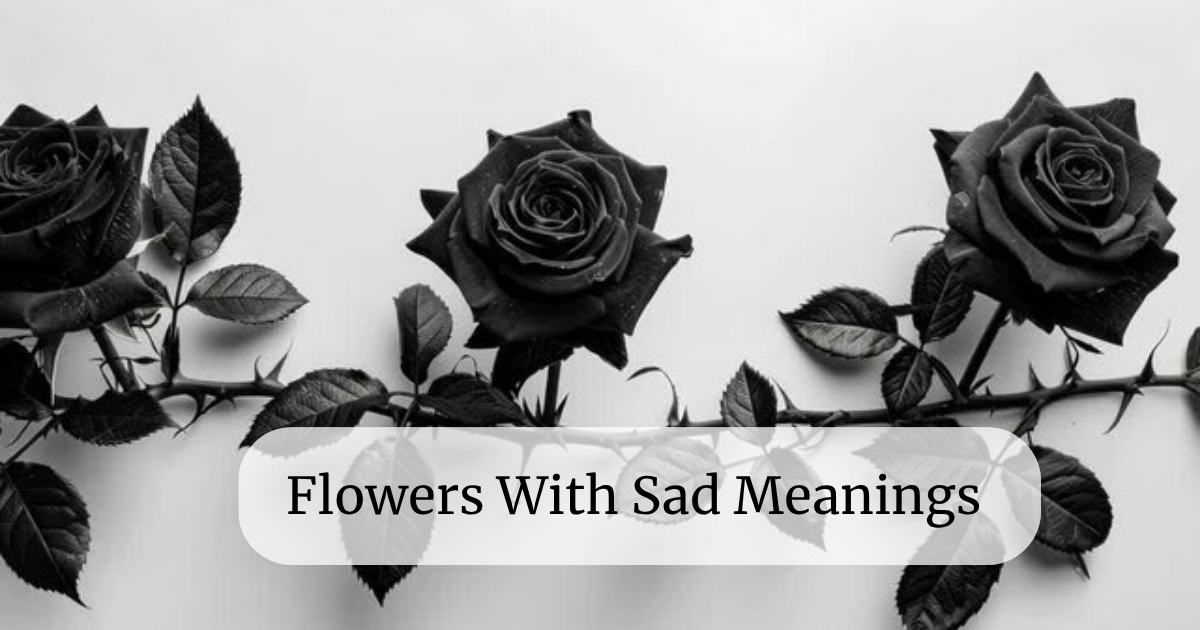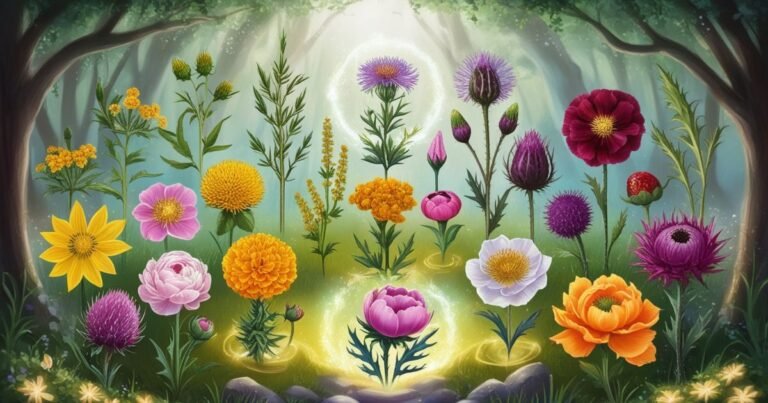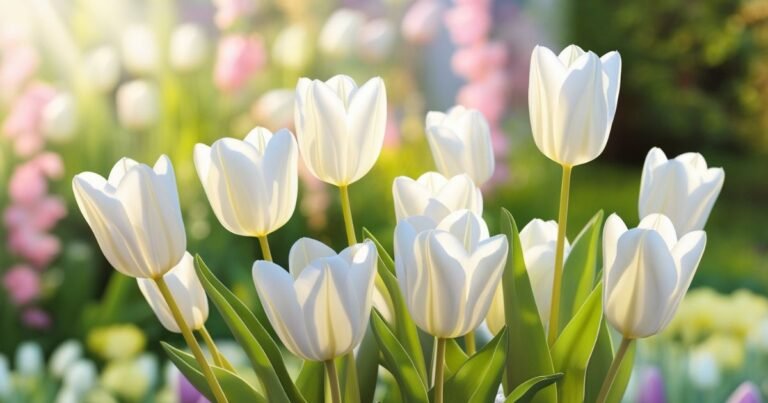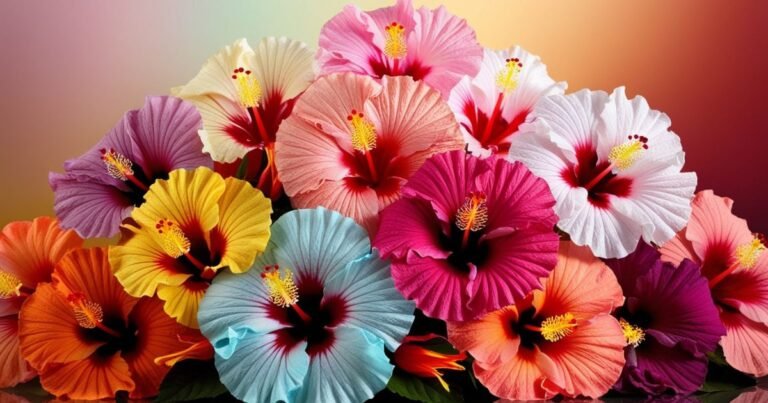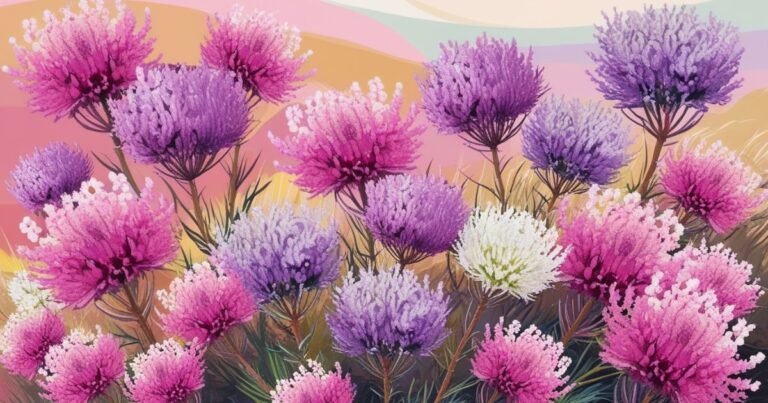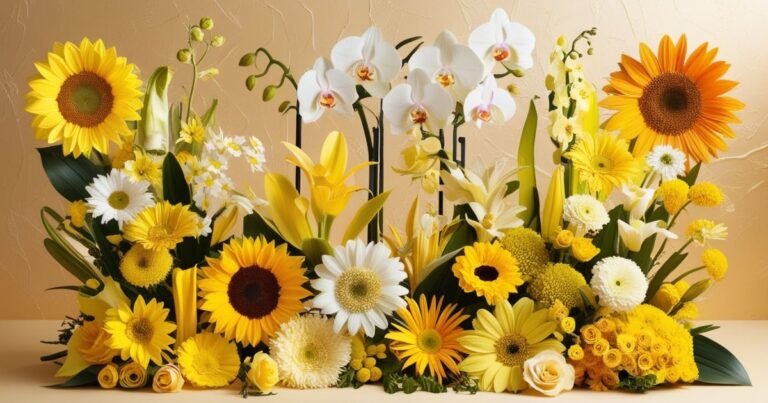20+ Incredible Flowers with Sad Meanings – Black Side of Flowers
Few threads are as poignant as sorrow and loss. Often expressed through tears and silence, these feelings can find an unexpected companion in the world of flowers that mean sorrow, nature’s eloquent messengers.
While blooms are typically associated with joy and celebration, a closer look reveals that many have deeper meanings tied to heartbreak and remembrance. Flowers with Sad Meanings” invites us to explore this lesser-known aspect of floral symbolism, where beauty intertwines with melancholy.
Sad flower Meanings
Flowers often speak the language of emotions, and some carry heavy hearts in their petals. Take the delicate bluebell, for instance it symbolizes humility and constancy but can also serve as a reminder of sadness and loss.
When given to someone mourning a loved one, bluebells convey both sympathy and remembrance, illustrating how nature’s beauty can encapsulate our deepest sorrows. On different occasions, sad flower meanings may be different. Their serene appearance hides an inner depth that resonates with those navigating grief.
Flowers with Sad Meanings
Vibrant blooms often symbolize joy and celebration, there exists a quieter, more somber realm of flowers that whisper tales of sadness and sorrow. Each petal can carry the weight of unspoken emotions, serving as poignant reminders of loss, heartache, and called as sad flowers.

From delicate violets to hauntingly beautiful black roses, these floral messengers encapsulate the spectrum of human grief and longing.
By understanding the significance of flowers that mean sorrow, we not only honor our feelings but also learn how nature mirrors life’s complex tapestry. According to the situation, feelings and every one’s interest the saddest flower may be different and unique.
Top 20 Flowers Representing Sadness
| Chrysanthemums | A Symbol of Grief |
| Lilies | Mourning and Remembrance |
| Black Roses | Love and Loss |
| Forget-Me-Nots | Memories and Longing |
| Weeping Willow | Sorrowful Elegance |
| Poppies | Sleep, Death, and Remembrance |
| Snapdragons | Deception and Disappointment |
| Daffodils | Unrequited Love and Farewell |
| Violets | Heartfelt Regret and Loss |
| Marigolds | Grief and Spiritual Connection |
| Carnation | Affection and Pure Love |
| Purple Hyacinth | Sorrow and Regret |
| Orchid | Refinement and Exotic Beauty |
| White Poppy | Remembrance and Peace |
| Gladiolus | Strength and Integrity |
| Hydrangea | Gratitude and Understanding |
| Bleeding Heart | Undying Love and Compassion |
| Copihue | Elegance and Sacred Devotion |
| Frangipani | Grace and New Beginnings |
| Carnation | Admiration and Good Luck |
Chrysanthemums: A Symbol of Grief
Flowers have long been lost and memories cherished. Often overshadowed by more traditional floral tributes like roses or lilies, chrysanthemums evoke an aura of melancholy that resonates deeply with those in mourning.
It is the saddest flower in the world. In countries such as Japan and China, these blooms are revered not only for their beauty but also for flowers that mean sorrow.

Intricate meanings behind these remarkable flowers, we uncover to become powerful tokens of sorrow a reminder of life’s fragility and the enduring bond between those who have departed and those left behind. served as poignant symbols, each with its own rich history and meaning.
Among them, chrysanthemums stand out the profound significance they carry in various cultures as the saddest flower around the world. While many may associate flowers with celebration and joy, chrysanthemums take on a solemn role as flowers that mean sorrow. Their presence at memorials and funerals speaks volumes about love
Lilies: Mourning and Remembrance
Lilies aesthetic beauty lies a rich tapestry of meanings associated with lilies from purity to rebirth that resonate during our most vulnerable moments. In gardens adorned with vibrant white or soft pastel hues, we find solace in their presence; they remind us not only of grief but also of love enduring beyond death.

Lilies through the lens of mourning and remembrance, we uncover how these flowers serve as both comforters and storytellers in our journey through grief. Join us on this exploration of nature’s silent emissaries, a tribute to both the lives lived and those forever cherished.
Black Roses: Love and Loss
An emblem of passionate love intertwined with grief’s shadowy presence. These dark blooms capture that bittersweet essence where affection meets farewell, reminding us that every relationship is painted with both joy and sorrow.

We explore how these hauntingly beautiful flowers reflect our most profound connections and heartaches, revealing the intricate dance between love and loss that defines our human experience.
Forget-Me-Nots: Memories and Longing
Throughout history, forget-me-nots have woven themselves into many cultural narratives surrounding love and remembrance. In folklore, they were believed to spring from tears shed for those who have departed a testament to the idea that certain bonds endure despite physical separation.
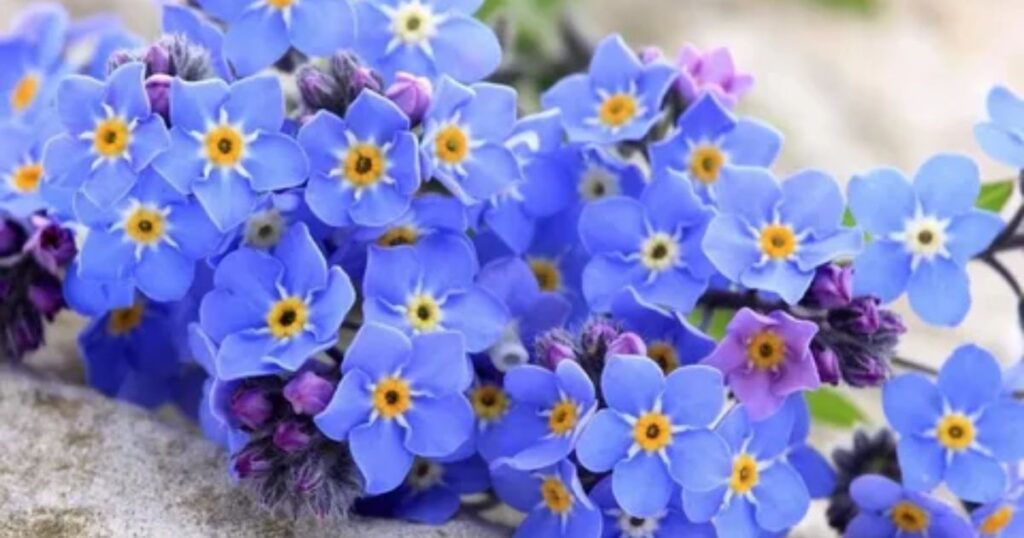
Planting forget-me-nots in one’s garden becomes an act not just of cultivation but also a ritual: each bloom is a gentle reminder that even as seasons change and time marches on, the stories we hold dear remain alive within us.
So, often overlooked in favor of grander blooms, these modest flowers invite reflection on how intimate memories shape our present selves their quiet beauty echoing a legacy of longing we all share.
Weeping Willow: Sorrowful Elegance
The Weeping Willow, with its cascading branches and ethereal charm, embodies a unique blend of beauty and melancholy that captivates the heart. Its long, flowing limbs seem to cradle the earth, whispering tales of both sorrow and solace.
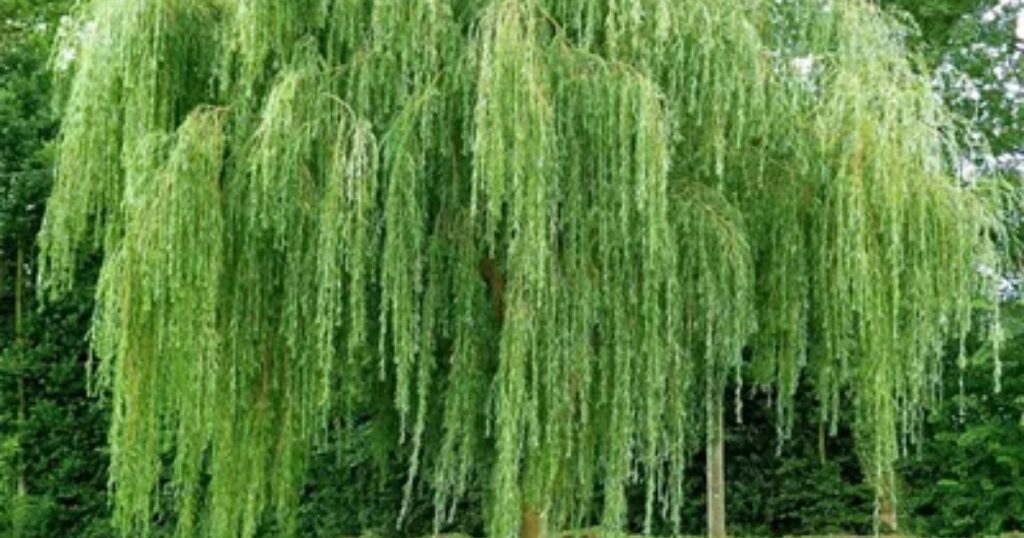
As flowers bloom beneath this arboreal guardian in spring, they contrast sharply against the backdrop of the willow’s delicate droop, a visual metaphor for resilience amid grief. In many cultures, the Weeping Willow has come to symbolize remembrance; it serves as a poignant reminder of lost love and enduring memories.
Poppies: Sleep, Death, and Remembrance
Poppies, with their vibrant petals swaying gently in the breeze, carry profound meanings that intertwine sleep, death, and as sad flowers. Often associated with the stark realities of conflict, these delicate flowers have emerged as poignant symbols of loss and reflection.

Their striking scarlet hue calls attention to the sacrifices made by countless individuals throughout history especially during wartime while also providing a gentle reminder of nature’s ability to resurrect beauty in the wake of destruction.
Snapdragons: Deception and Disappointment
Snapdragons, with their whimsical blooms that seem to snap open and shut at a gentle squeeze, are often celebrated for their beauty and charm. Yet beneath this playful exterior lies a deeper narrative of deception and disappointment.
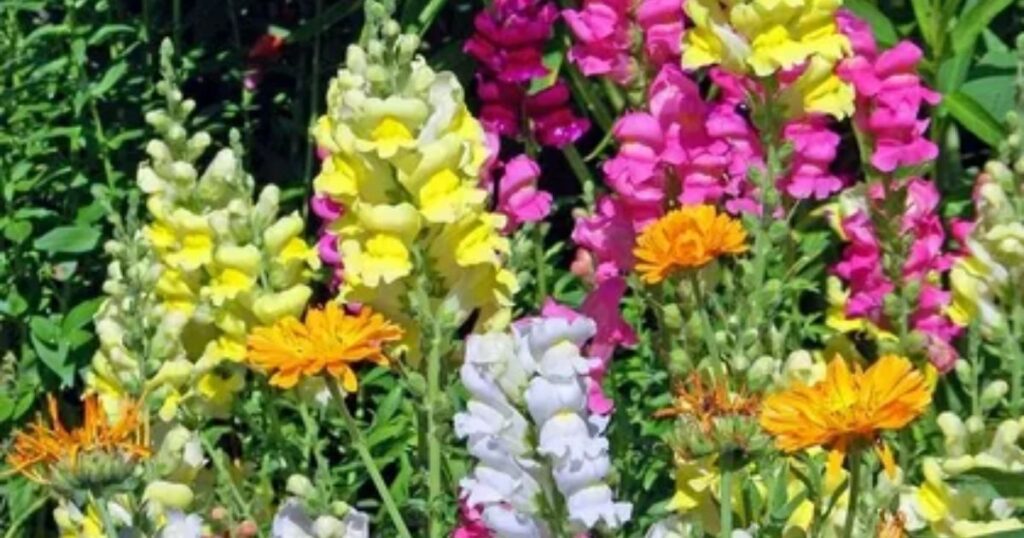
These flowers have been associated with insincerity and irony given their vibrant presentation. It’s as if the snapdragon wears a mask, inviting admiration while whispering secrets about facade over authenticity.
For those who gift or receive snapdragons, it serves as sad flowers that not all captivating appearances reflect genuine intentions.
Daffodils: Unrequited Love and Farewell
Daffodils, with their bright yellow blooms heralding the arrival of spring, often symbolize renewal and hope. When we associate daffodils with farewell, it speaks to the transient nature of relationships and emotions.
Much like saying goodbye to a cherished but ultimately unattainable affection, daffodils urge us to let go while still honoring what was once there. In their brief bloom lies a profound lesson about embracing both joy and sorrow the essence of life itself.

So next time you see daffodils swaying in the breeze, take a moment to reflect not just on their beauty but also on deeper connections that lead us through cycles of lost love reminding us that every ending harbors new beginnings waiting just beneath the surface.
Violets: Heartfelt Regret and Loss
Violets, often associated with love and loyalty, carry a deeper significance when we turn to the shadows of heartfelt regret and loss. Their delicate petals may evoke memories of cherished moments now tinged with sorrow, as they serve as poignant reminders of what once was.

The soft hues ranging from deep purples to gentle whites reflect the complexity of human emotions, beauty intertwined with pain, joy mingled with grief.
In floral language, violets signify both humility and modesty, qualities that resonate profoundly during times of remorse when one grapples with unspoken words or missed opportunities.
Marigolds: Grief and Spiritual Connection
Marigolds, with their vibrant hues of gold and orange, serve as more than mere adornments in gardens; they are potent symbols intertwined with themes of grief and spiritual connection.
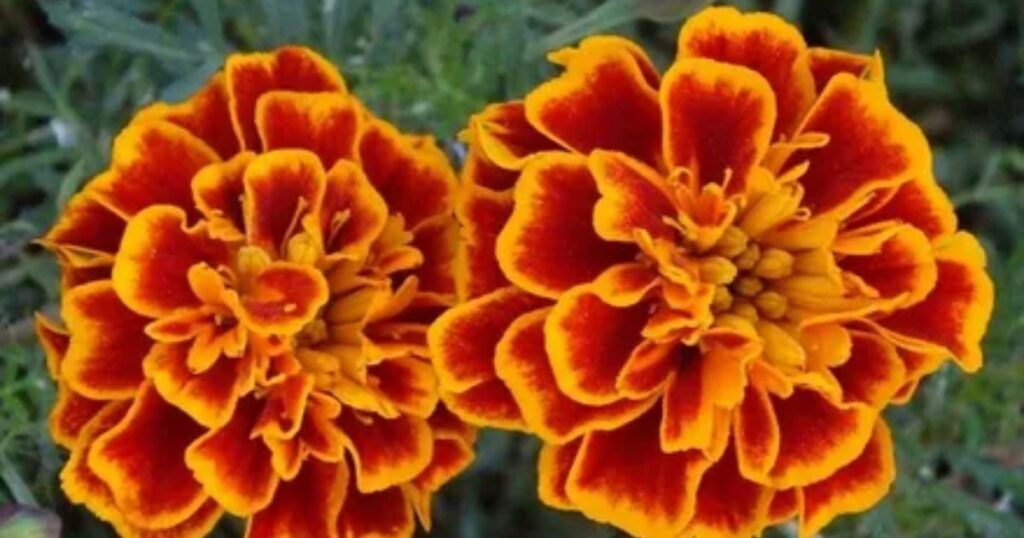
Traditionally associated with the Day of the Dead in many cultures, these flowers are believed to guide souls back to the living realm through their bright colors and enchanting scent.
Journeys through loss, planting marigolds can act as a tactile expression of remembrance, a reminder that love persists beyond physical presence.
Blue Iris: Wisdom and Hope
In the world of flowers, few possess the enigmatic charm of the blue iris, a bloom that dances on the edge of beauty and melancholy. With its vibrant petals unfurling like whispers from a distant memory, this delicate flower evokes a spectrum of emotions that range from serene tranquility to profound sorrow.

Often associated with wisdom and faith, the blue iris carries deeper meanings that resonate with those who have experienced loss or longing.
Its stunning color palette can elicit feelings reminiscent of stormy skies filled with both beauty and sadness making it an apt symbol for moments when joy intertwines with grief.
Carnation: Affection and Pure Love
Carnations, often celebrated for their vibrant colors and intricate layers, embody a rich tapestry of meanings that resonate with affection and pure love. Renowned as symbols of admiration, these flowers convey deep emotional connections that transcend mere beauty.

The soft ruffles of the carnation petals evoke feelings of warmth and tenderness, making them a popular choice for significant occasions like anniversaries or weddings.
Each hue carries its own significance; pink carnations signify a mother’s undying love, while red ones express heartfelt admiration.
Purple Hyacinth: Sorrow and Regret
The purple hyacinth, a stunning bloom known for its rich hue and lush petals, embodies profound meanings that delve deep into the human experience namely sorrow and regret. Unlike its more vibrant counterparts, the subdued elegance of this flower serves as a poignant reminder of loss and longing.
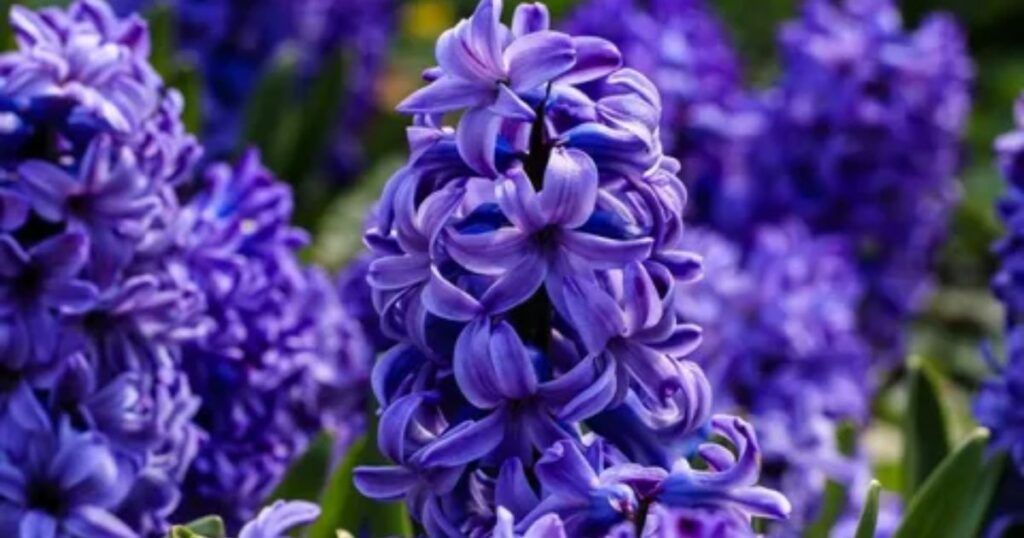
Its velvety texture evokes feelings that resonate with those who have experienced heartbreak or missed opportunities, suggesting a nuanced understanding of beauty intertwined with melancholy.
Orchid: Refinement and Exotic Beauty
Orchids, often regarded as the epitome of refinement and exotic beauty, harbor a rich tapestry of meanings that captivates both aficionados and casual admirers alike. Each petal unfurls a story steeped in cultural significance from symbols of love and luxury in ancient civilizations to their representation of delicate balance and grace.
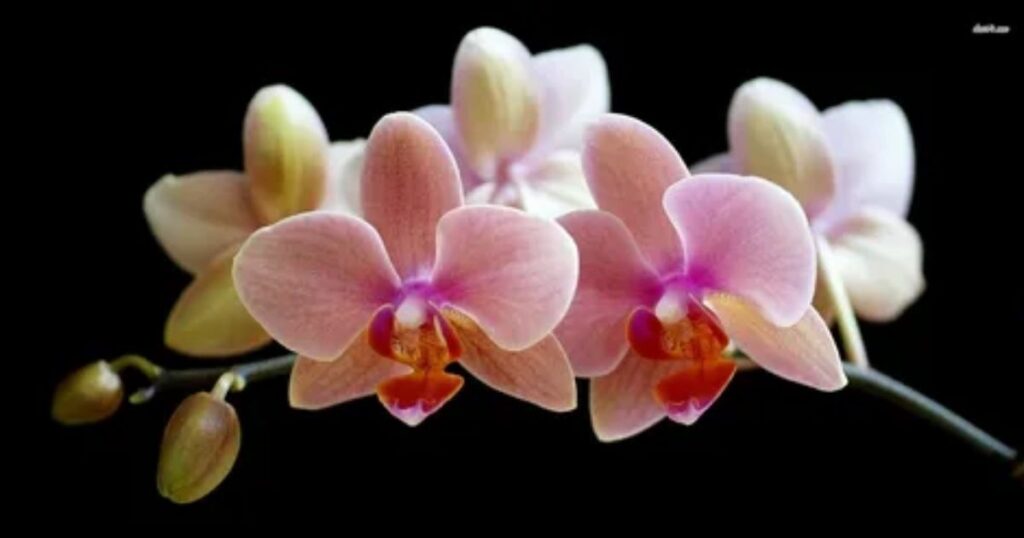
Unique among flowers, orchids embody what some have termed “Sorrowful Elegance”; this phrase encapsulates their breathtaking allure paired with an underlying complexity that evokes deep emotions. They remind us that beauty can emerge from fragility, inviting reflection on the transient nature of life itself.
White Poppy: Remembrance and Peace
The white poppy is a striking emblem of remembrance, often associated with peace and the collective yearning for a world free from conflict. This delicate flower serves as a poignant reminder not only of those lost in war but also of the broader implications of violence.

Unlike its red counterpart, typically symbolizing military sacrifice, the white poppy emphasizes healing, understanding, and reconciliation. It invites reflection on both individual losses and societal impacts while urging us to strive for a compassionate future.
Gladiolus: Strength and Integrity
The Gladiolus flower, often referred to as the sword lily, is an emblem of strength and integrity. Its tall, sword-like stalks symbolize a sense of fortitude that resonates deeply with those who appreciate its vibrant blooms.

Each petal unfurling from this striking flower reflects resilience, a testament to overcoming obstacles and standing strong against adversity. Imagine a garden alive with these vivid colors, each Gladiolus serving as a reminder that true power lies not in domination but in steadfastness and authenticity.
Hydrangea: Gratitude and Understanding
The Hydrangea flower embodies a rich tapestry of emotions, beautifully intertwining gratitude and understanding in its delicate petals. Often associated with heartfelt appreciation, the bloom’s lush clusters symbolize not only sincerity but also profound empathy.

The varying hues from soft pastels to vibrant colors serve as reminders of the multifaceted nature of human relationships. Each color carries its own message; for instance, blue hydrangeas often convey an apology or deep understanding, while pink ones express heartfelt gratitude.
Bleeding Heart: Undying Love and Compassion
The Bleeding Heart, scientifically known as Lamprocapnos spectabilis, is a striking perennial that captivates hearts with its distinct, teardrop-shaped blooms.
This flower thrives in shady garden corners, often serving as a symbol of undying love and compassion due to its unique heart-like appearance.

The stunning blossoms emerge in shades of pink and white, embodying both vulnerability and beauty a reminder that love can be both delicate and powerful.
Copihue: Elegance and Sacred Devotion
The Copihue, or Chilean bellflower, is a stunning emblem of elegance and sacred devotion. With its delicate, drooping petals that bloom in vibrant reds and deep pinks, it captivates anyone fortunate enough to witness its beauty.

This national flower of Chile not only enchants the eye but also holds deep significance in local culture, often symbolizing love and reverence for nature.
Historically revered by indigenous Mapuche people, the Copihue is woven into their mythology; it’s seen as a connection between the earthly realm and the divine.
Frangipani: Grace and New Beginnings
Frangipani, also known as Plumeria, is more than just a stunning flower; it embodies grace and the spirit of new beginnings. Originating in tropical regions, this enchanting bloom features a star-shaped structure that exudes an intoxicating fragrance often symbolizing warmth and welcome.
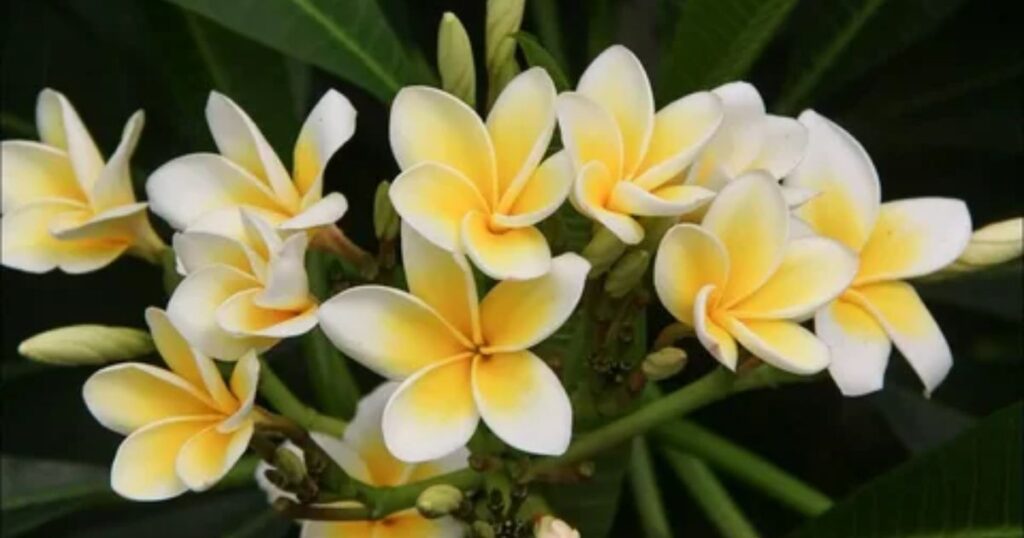
Its delicate petals come in a range of colors from soft yellows to vibrant pinks and whites, each hue wrapping the observer in a unique narrative of love and renewal.
Carnation: Admiration and Good Luck
The carnation, with its ruffled petals and vibrant hues, is a flower rich in symbolism that extends far beyond mere aesthetics. Often associated with admiration and good luck, the carnation expresses feelings of deep respect and affection, making it a thoughtful gift for loved ones.

Its robust nature allows it to thrive in various climates, symbolizing resilience, a quality we all seek when wishing others well.
Blue Tulips in Different Cultures
Blue tulips are a mesmerizing rarity, symbolizing mystery and tranquility across cultures. In Eastern traditions, they embody peace and spiritual awakening, often gracing meditation spaces. Western folklore ties them to unattainable love, adding a touch of enchantment to romantic tales.
In art, they represent creativity and the pursuit of the extraordinary. Gardeners cherish them as symbols of uniqueness and resilience. Whether in a Dutch garden or a Japanese tea ceremony, blue tulips captivate hearts, blending serenity with a whisper of the impossible.
Their elusive beauty transcends borders, making them a universal emblem of dreams and wonder.
Conclusion
In exploring the intricate world of flowers, we discover that their beauty often masks deeper, more poignant meanings. Each bloom carries with it a story of loss, sorrow, or longing, reminding us that nature reflects the complexities of human emotion.
From the delicate black rose symbolizing farewell to the haunting beauty of lupines representing sadness and grief, these flowers serve as powerful reminders of our shared experiences.

